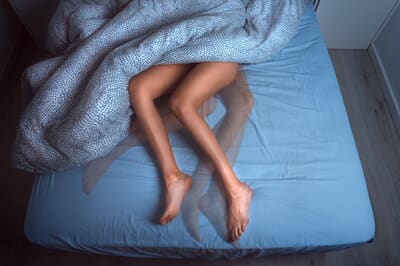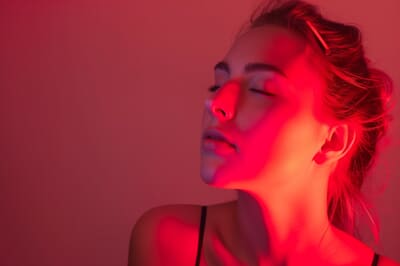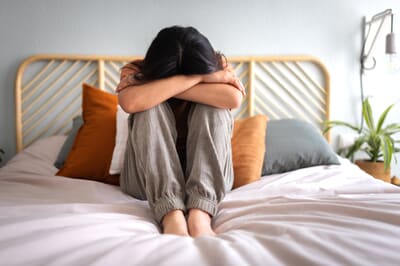You might think noise at night can negatively impact your sleep. However, we're here to tell you that noise can actually get you to sleep.
One in five people struggle to get to sleep during the week. What might save you from these draining disruptions are coloured noises. Not just white noise, but also blue, violet, grey, pink and brown.
The sleep experts at MattressNextDay have looked at the best coloured noises, depending on the type of sleeper you are, so you can get the best quality sleep possible.
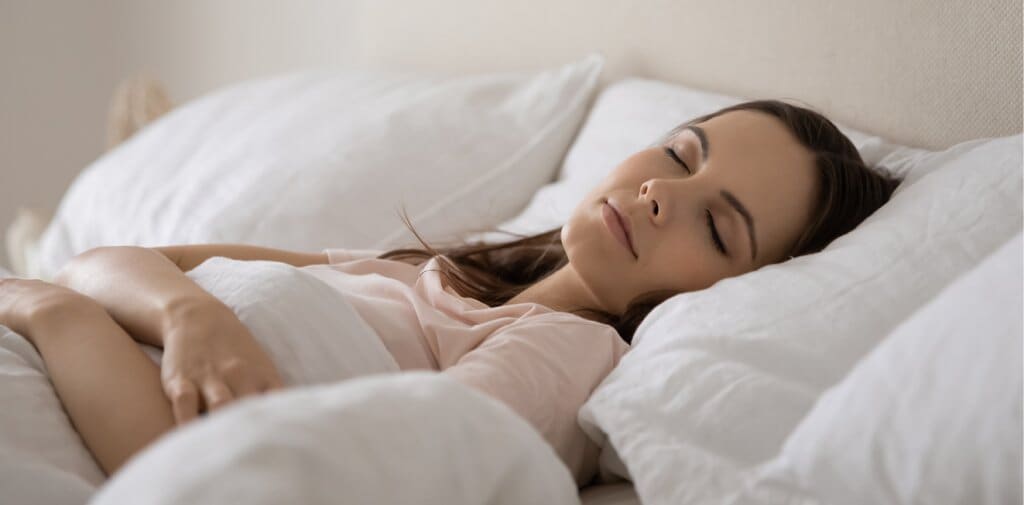
What are ‘coloured noises’ and how can they help you sleep?
If you’ve ever had trouble sleeping or even drowning out internal thoughts or external sounds - such as a partner snoring - you’ll likely have heard of ‘white noise’ or had someone mention it to you. When we are asleep, our brains will continue to process, which means that the sound of snoring or noises from outside can wake us up.
Martin Seeley, the CEO at MattressNextDay said, “Whilst ‘white noise’ has been popular for a while now, there’s been an increased interest in other coloured noises, such as pink and green noise.
“These types of noises are designed to create a uniform sound that doesn’t stimulate your brain to have a sudden reaction. In turn, it also helps protect your ears from any disruptive background noise, such as a car driving past your window, which can prevent you from falling into a slumber. However, what many people are not aware of is that different coloured noises have different benefits and can, therefore, be used to try and help sleep problems.”
White noise can be best for those that suffer from insomnia, or for children that have ADHD
Insomnia is the most common issue for one in 12 Britons that have been diagnosed with a sleep problem. But, white noise is a good mask for those with insomnia, as it’s an equal amount of all audible sound frequencies at once.
Martin says,
Think of white noise as a clean white sheet for your ears, that blocks out all other noise disturbances. It sounds like the faint static of a fan or TV static. However, this type of noise isn’t for everyone, as it emphasises high-frequency sounds which can be too noisy for some people.
That being said, white noise has been reported to help toddlers fall asleep. Like TikTokers have also stated about brown noise, white noise can benefit children with ADHD and improve their performance on memory and verbal tasks, easing anxiety.
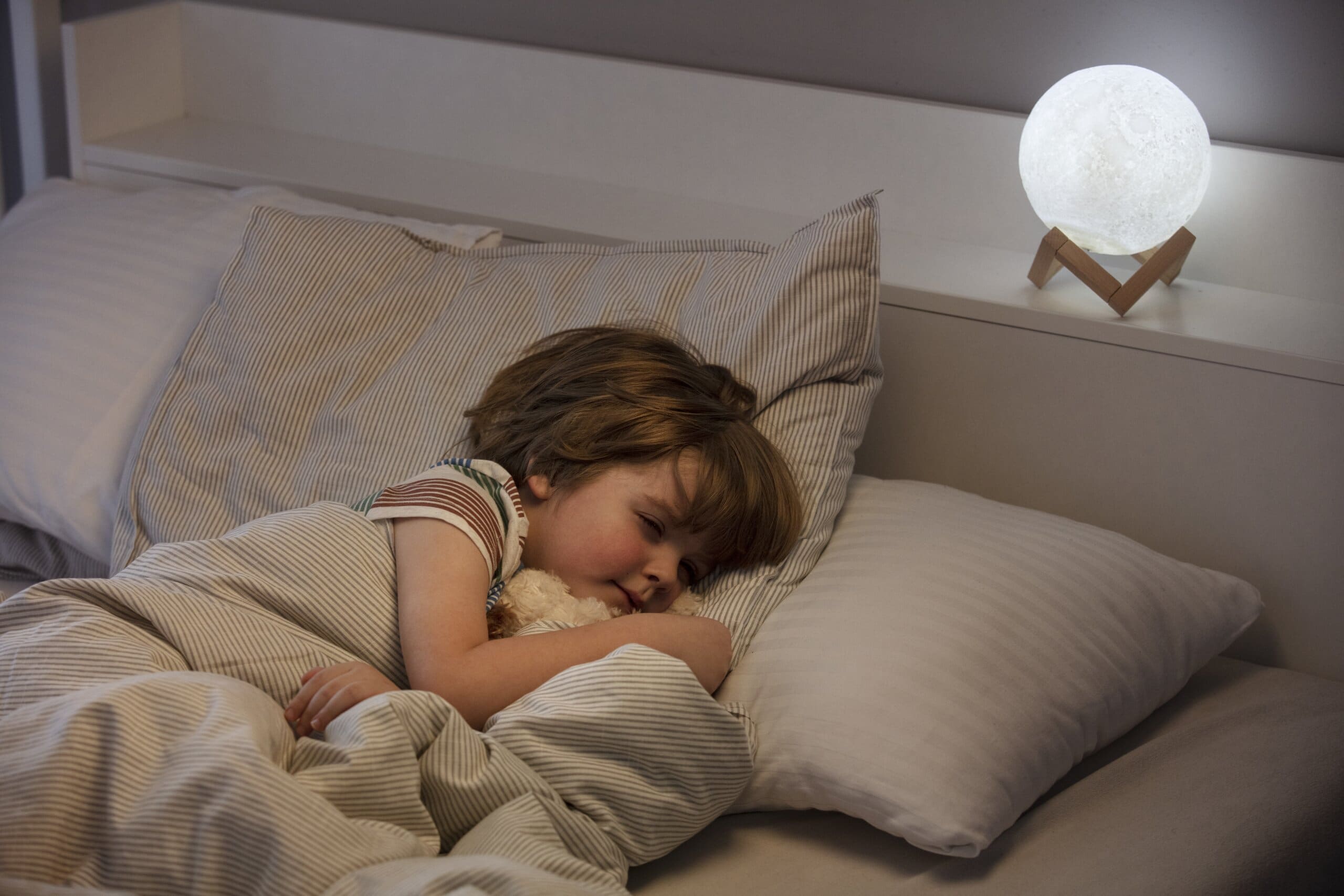
Pink noise is best for light sleepers, or those that wake up with low energy
Unlike white noise, which is an equal intensity of all sound frequencies, pink noise creates a harmonious balance of both high and low frequencies. Essentially, these frequencies mimic sounds found in nature, and it’s experiencing its moment in the spotlight according to TikTok, with 8.7million views on the hashtag, and growing. Searches for ‘pink noise’ have increased by 22% from September 2021 to today.
Martin says “pink noise uses deeper sounds compared to white noise, so it can appear to be more soothing and gentler on the ear. Studies have also found that pink noise helps you spend more time in deep sleep, which means that you wake up with more energy.”
Brown noise could help those that live in loud, busy areas, or struggle to drown out internal thoughts at night
Brown noise was coined by a 19th century botanist who discovered Brownian motion (random particle motion, which refers to the type of sound). But, it’s TikTok’s discovery of #brownnoise that has made it popular, with 84.3 million views for videos featuring the hashtag.
Brown noise is deeper than pink, as it has higher energies at lower frequencies. Sounds such as low thunder and strong winds are examples of this type of ‘noise’.
Martin adds:
While there is a lot less research on how brown noise can help you sleep and there isn’t a definitive answer as it impacts each person differently, it has been reported to induce sleep and help with relaxation.
With brown noise, you can hear every frequency that the ear can detect, so it can create an immersive experience that smothers other thoughts, meaning you can focus on one clear thing - such as relaxing, reading or sleeping. This could also make it one of the best coloured noise for those that struggle to drown out their internal thoughts at night.
This could be why the noise is growing in popularity for some who do struggle to do that.
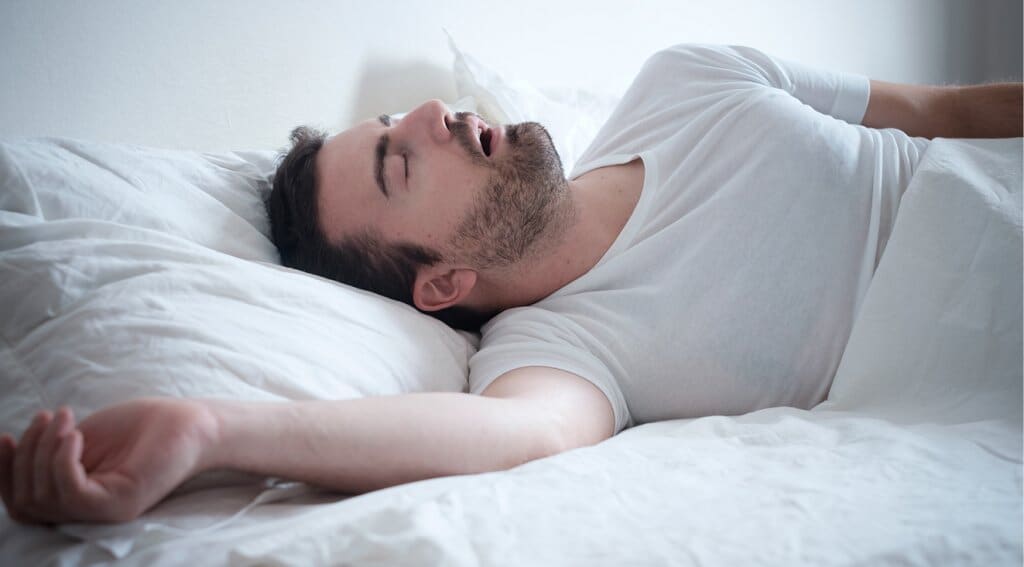
Going green can help people who are stressed switch off at night
Green noise is a variation of white noise in the middle of the spectrum. But as its name suggests, many of the sounds are what we would consider nature, like ocean waves.
Green noise frequency is not particularly high - the higher the frequency gets, the more sensitive we are and, therefore, not right for everyone - so it is good for those who like ambient noise in the background when trying to sleep.
“Some great examples of green noise can be the sound of water on a beach, or trickling waterfalls - anything that is attune to nature and promotes relaxation. If you are struggling with stress in everyday life, this type of noise could help restore some sense of calm,” says Martin.
Grey noise is used to help treat those that have tinnitus, and struggle to sleep
Unlike other types of coloured noise, grey noise sounds different to each and every one of us.
It is similar to white noise but more balanced, as it produced noise at high and low frequencies. As every person hears differently, grey noise sounds different to each ear. But, it is used to help drown other sounds and for people with tinnitus, who are sensitive to everyday sounds.
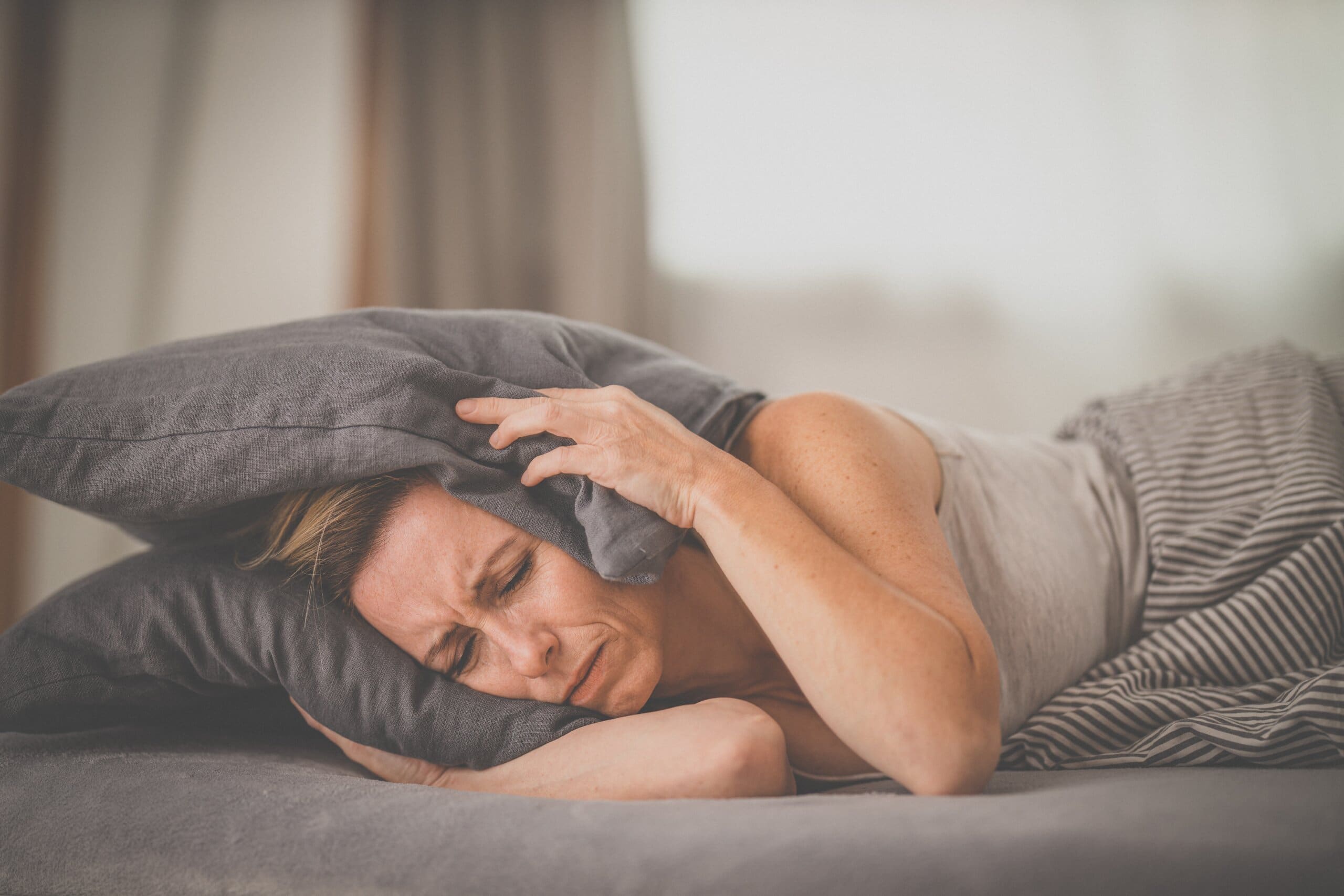
If you’ve tried everything and none of it works… you may prefer the avant-garde option of blue noise
While not often used as a sleep support, that’s not to say blue noise can’t aid with sleep for some people.
Blue noise is, essentially, noise that contains all the audible frequencies, but the high frequencies are amplified. Think the opposite of the low frequencies of brown noise, as this noise is akin to a hissing tap. Though it might not sound very relaxing, sleepers who aren’t as sensitive to higher-pitched sounds may prefer blue noise.
Martin
A sleep expert shares his insight on understanding the right type of ‘noise’ that can get you the most out of your sleep
Choosing the right noise depends on how you sleep, and the sounds that suit you best. Someone who might listen to rock music to nod off isn’t going to listen to the same noise as someone who drifts off to the sound of ocean waves.
So, to understand what you need, take these steps that Martin suggests:
- Test out the different noises using sleep apps or Spotify. Alongside the Spotify recommendations, you can download apps that share different sounds and noises, which lets you test which work best. Some examples are SimplyNoise, Rainy Mood and even the Calm app.
- Try headphones when playing different sounds. If you really need to block out external noises, headphones or even noise eye masks might help you understand the different sounds to sleep to. You may also need to experiment with different volumes to find the right level to send you off to sleep.
- Check if the apps you are using loop the sound. If you are listening to a particular app and it loops the sound (so you can listen to it throughout the night), this can actually disrupt sleep so try to find one that doesn’t do that or does it subtly so as not to interrupt your quality of sleep.
- Give yourself time to adapt to the noise. If you, or your partner, are trying a different type of noise to sleep, give yourself time to adapt. I suggest 2-3 nights, so don’t worry if you struggle the first night.
- Follow a sleep schedule. To get this right, I recommend following a sleep schedule to get the most of your ‘new sleep.’ What I mean by that is going to bed, and getting up, at the same time each day, including on your day or days off to get yourself into a good schedule.
- Prioritise your bedtime routine. This is unique to each person but if you find you sleep better after a warm shower, 30 minutes of exercise or reading a book, make sure you take the time to prioritise that to ensure you get the best quality rest. Read our recommended Ultimate Bedtime Routine for more ideas.
If you're really struggling to get to sleep, try pairing listening to your favourite type of coloured noise with meditation. Our article on the best places to meditate in the UK might inspire you if you live close to one of our suggested areas. For a less physical approach, try a sleep-enhancing tea before bedtime.

